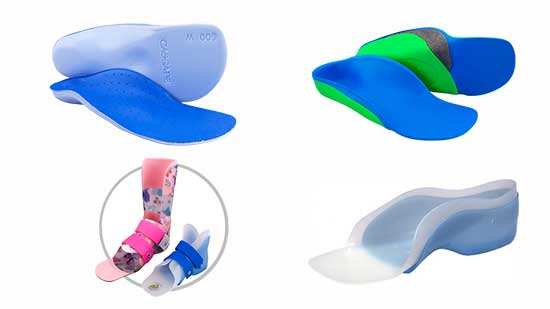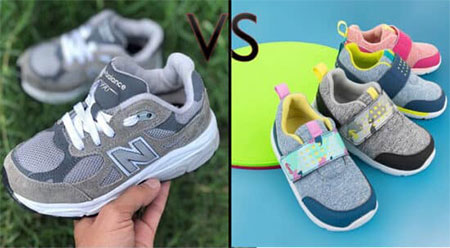Orthotics for Kids with Muscular Dystrophy – Adaptive Support to Improve Your Child’s Mobility
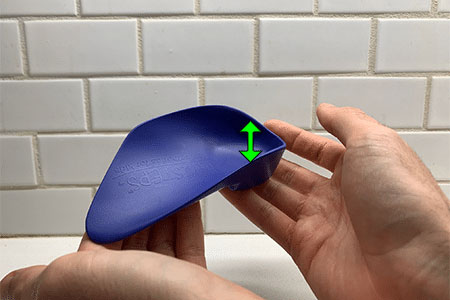
Has your child been diagnosed with muscular dystrophy and your medical professional suggested orthotics but didn’t specify which kind to get? Orthotics play a key role in the care and management of kids with muscular dystrophy as they provide adaptive support and thus often improve mobility and prevent joint contractures. The correct type of orthotics can also enable children to navigate their daily lives with greater comfort and independence. I am going to show you the best orthotics for kids with muscular dystrophy and also what kind of shoes work best for orthotics based on my many years of shoe and orthotic fitting experience.
If you’re pressed for time, you can jump directly to the selection of orthotics for kids with muscular dystrophy.
The Role of Orthotics in Kids with Muscular Dystrophy
Orthotics, in the context of muscular dystrophy, refer to customizable orthotic inserts designed to support and align the affected muscles and joints. These orthotic inserts provide external support to compensate for the muscle weakened and help children maintain better posture, stability, and function.
Remember that the effectiveness of orthotics for children with muscular dystrophy relies on a collaborative effort, each child’s needs are unique, so orthotics must fit properly so that they can truly provide optimal support.
Children with muscular dystrophy might have the following symptoms:
- Stability issues
- Difficulties when jumping, running, or getting up from certain positions
- Be clumsy
- Children may start walking on their toes and develop a slight waddle
- Have leg pain
- Difficulty going up and down stairs
- Calf muscles become bulky
It’s critical to make sure that your kid’s shoes and orthotics jointly fit properly, as if these are too wide or too narrow can create blisters, calluses, and ingrown toenails, amongst other foot complications.
Please note that I am not a medical professional, and my advice comes from testing different shoes and orthotics at the specialized children’s shoe store where I work. You should always rely on your doctor or therapists for expert and professional advice, and if you feel like your medical professional is not being proactive, I strongly consider visiting a different medical professional.
Over the years, I became experienced with a wide range of orthotic devices that can help support weakened muscles, provide stability, enhance comfort and slow the progression of contractors:
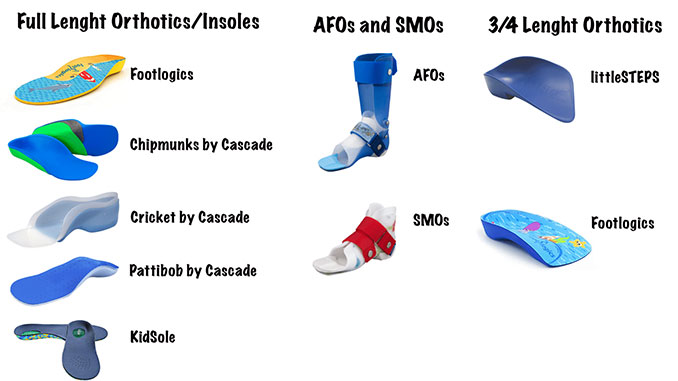
I am familiar with which orthotics fit better than others and I can also guide you on how to order these online. Though it’s important to ask your medical professional which orthotic might work best for your child’s foot condition. If your medical professional recommends that your child need to wear braces such as AFOs or SMOs I suggest that you take a look at this resource.
Defining and Understanding Muscular Dystrophy in Kids
To be on the same page and raise awareness, let’s go over what is muscular dystrophy; it is a condition that weakens muscles over time and there are different types. Though it is relevant to note that each type begins at a different age and may cause mild or severe degrees of muscle weakness. The 2 most common types of muscular dystrophy are:
➡️ Becker Muscular Dystrophy: This is actually the most common and more severe form of muscular dystrophy. On average, it usually impacts more boys than girls.
➡️ Duchenne Muscular Dystrophy: This type develops more slowly and symptoms may begin during the teen years.
Note, muscular Dystrophy may affect children differently, depending on the type and severity of the condition. Regardless of the specific type of muscular dystrophy, the gradual loss of muscle strength and function can significantly impact a child’s mobility and motor skills.
5 Main Benefits of Orthotics for Kids with Muscular Dystrophy
While there is no cure for muscular dystrophy, early treatment can help with symptom management, prolong ambulatory ability and prevent major health complications.
1️⃣ Improved mobility: Orthotics offer support to weakened muscles and can help improve your kids’ ability to walk and move by providing additional stability to the ankles, knees, and hips.
2️⃣ Enhanced balance and posture: Maintaining balance and good posture can be a challenge for kids with muscular dystrophy. Orthotics aid in correcting alignment issues, thus reducing the risk of falls and promoting a more upright posture.
3️⃣ Preventing joint contractures: Orthotics help prevent and manage kids’ joint contractures by keeping the affected joints in a proper position, allowing for a more extended range of motion.
4️⃣ Independence and higher participation: With the help of orthotics, kids with muscular dystrophy can gain more independence in their daily activities. Therefore, mobility and stability enable them to participate more actively in social and recreational activities, boosting their confidence and overall well-being as a result.
5️⃣ Reduced fatigue: By providing external support, orthotics can reduce the effort required by the kids’ muscle movement and this can lead to decreased fatigue during daily activities and allow them to conserve energy for longer periods of time.
What Makes The Orthotic I Recommend the Best Choice for Muscular Dystrophy?
I have found one specific orthotic that is the best prefabricated on the market for helping treat and control low muscle tone. One of the main goals of this orthotic is to prevent your child’s balance be affected by their low muscle tone.
1️⃣ 30mm heel cup helps control the alignment of the heel and lower leg, and supports the arch:
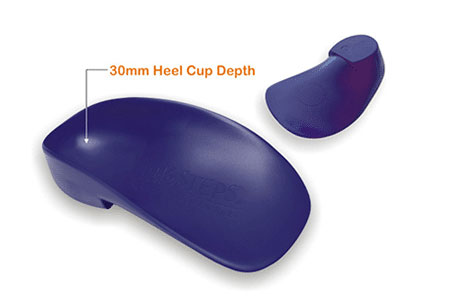
2️⃣ Medial and lateral flanges help keep the foot aligned over the orthotic. I have noticed how most children’s prefabricated orthotics lack this feature and the child’s foot pushes through the orthotic and does whatever it wants.

Orthotics for Kids with Muscular Dystrophy – Adaptive Support
The orthotics that I recommend for children with low muscle tone are the least restrictive ones as they allow for the normal movement of the foot. One of the main reasons why this orthotic works so efficiently for children with low muscle tone is that it provides a deep heel cup (30mm to be more precise) that provides stability and improves the child’s walking gait.
1️⃣ Deep heel cup that helps control the alignment of the heel and lower leg.
2️⃣ Medial and lateral flanges to help keep the foot aligned over the orthotic.
You Must Enter a Referral Code to Order this Orthotic
To place an order for littleSTEPS® Orthotics, you must submit a Referral Code in the Discount Window during the ordering process: JVFCS100121
This orthotic can be shipped anywhere. Within the USA, shipping can take about 10-15 days depending on the location and the shipping method. Overseas shipping is available but will be more expensive. Do not hesitate to contact me directly via my email if you are having a hard time figuring out what size to order or if you have any other questions about this orthotic. My email address is: [email protected]
Find Out What Orthotic Size You Should Order
Take a look at the chart below to figure out what size to order based on your child’s shoe size:
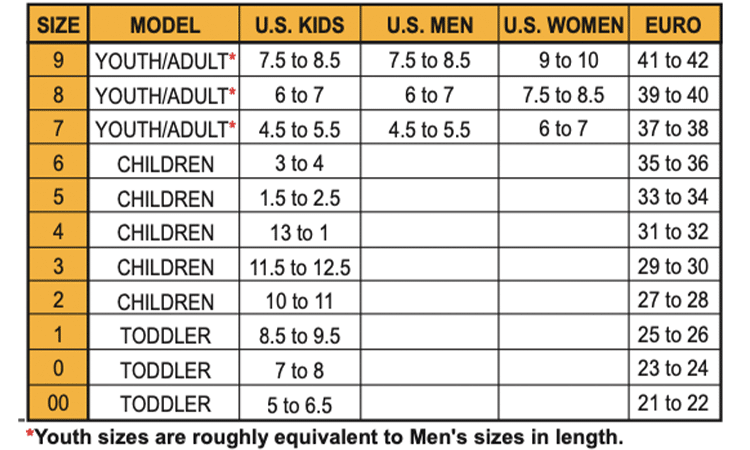
What Are the Best Shoes for Children Who Wear Orthotics?
I created a different resource that showcases the best shoes for children who wear orthotics.
Suggested Reads
Looking forward to finding additional resources? Below you can find a selection of related articles that may be of interest on muscular dystrophy and low muscle tone.
The Issue with Braces such as AFOs and SMOs
The best orthotic for your child might not be one that is perfectly suited for your child, it might be the one that actually gets worn! I have seen several cases of children who refuse to wear their AFOs or SMOs due to the following reasons:
- Self-conscious about looking different than their peers
- Pain and discomfort
- A limited selection of shoes
- Difficulties putting AFOs on and off
Contact – Questions, Comments or Further Assistance
Keep in mind that if you have any questions, comments, or need any further assistance, you can ask your questions in the comments section below or also contact us via email and we will get back to you as soon as possible. We are happy to help you find a different pair of orthotics or shoes for your kid so don’t hesitate to reach out if you have any questions.
Thank you for reading! Feel free to share this post with your community on social media as well as your experiences in the comments section below so other parents can benefit from your insights. Additionally, consulting with a pediatrician or a podiatrist can provide further guidance specific to your child’s needs.
“Kids Health Information – Fact Sheets – Low Muscle Tone.” The Royal Children’s Hospital, Occupational Therapy department, 2018, https://www.rch.org.au/kidsinfo/fact_sheets/Low_muscle_tone/
“Low Muscle Tone And Your Child – What You Need To Know.” Surestep, 1 Dec. 2016, surestep.net/blog/low-muscle-tone-hypotonia-an-overview-for-parents/.
“Muscle Weakness (Hypotonia): Boston Children’s Hospital.” Boston Children’s Hospital,www.childrenshospital.org/conditions-and-treatments/conditions/m/muscle-weakness-hypotonia.



